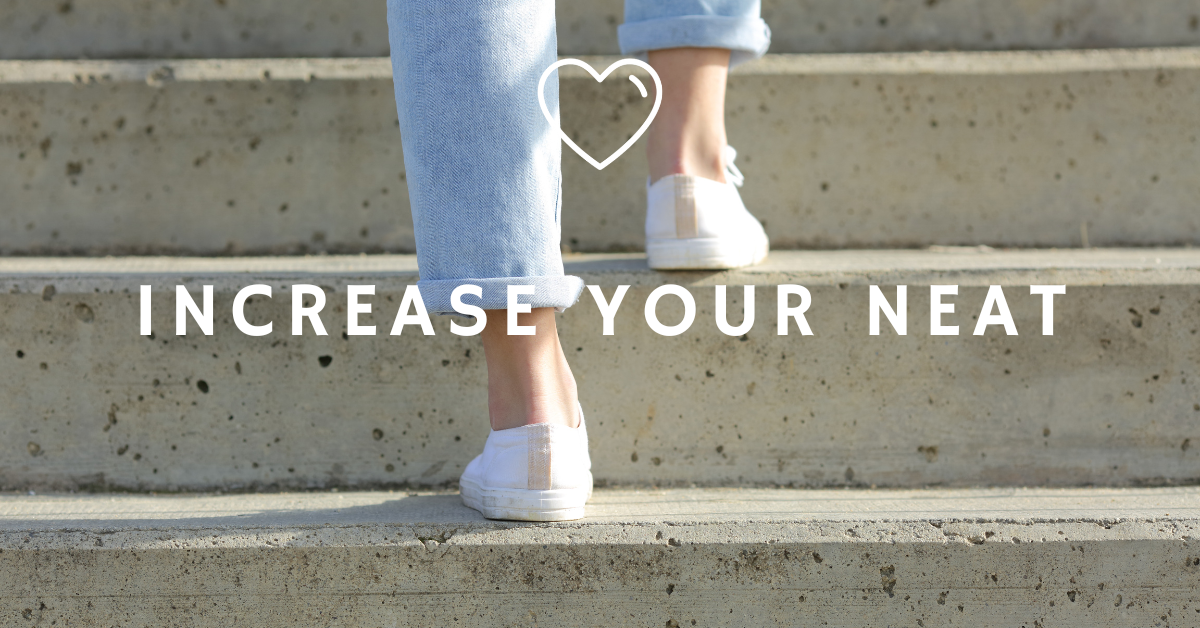Experiencing a drop in motivation is a natural part of the fitness journey, but it doesn’t have to derail progress.
Continue readingWhat’s the difference between fat burning and fat loss
It’s important to understand the difference between fat burning and fat loss. These terms are often used interchangeably, but they represent distinct physiological processes.
Continue readingAge-related muscle loss
Sarcopenia refers to the age-related loss of muscle mass, strength, and function. It is a natural process that typically begins around the age of 40 and becomes more prominent as individuals get older.
Continue readingGaining Body Confidence
Body confidence is a powerful attribute that empowers women to embrace their bodies and focus on their inner strength.
Continue reading4 weight loss tips for men 50+
Losing weight can become more challenging as we age, especially for men over 50. However, with the right strategies it is still possible to achieve successful weight loss. Here are five tips to help men over 50 lose weight
Continue reading4 weight loss tips for women 50+
Losing weight can become more challenging as we age, especially for women over 50. However, with the right strategies backed by scientific evidence, it is still possible to achieve successful weight loss. Here are five tips to help women over 50 lose weight.
Continue readingIncrease your NEAT
NEAT stands for Non-Exercise Activity Thermogenesis. It refers to the energy expenditure or calories burned through all daily activities and movements that are not intentional exercise.
Continue readingMenopause: What you need to know
Menopause is a natural biological process that occurs in women, typically between the ages of 45 and 55, marking the end of their reproductive years. It is characterized by a decrease in estrogen and progesterone hormone production.
Continue readingAndropause: What you need to know
Andropause, also known as male menopause, refers to a gradual decline in testosterone levels in aging men. While not all men experience the same symptoms or severity, it generally occurs in men over the age of 40.
Continue readingTraining with weak Gluteus Medius
Training with weak Gluteus Medius Training with weak Gluteus Medius Another reason for low back discomfort or pain is when there is low activation of the Gluteus Medius. This is quite a common situation that can also lead onto hip and even knee pain. Knee pain can be affected due to the chain of movement […]










